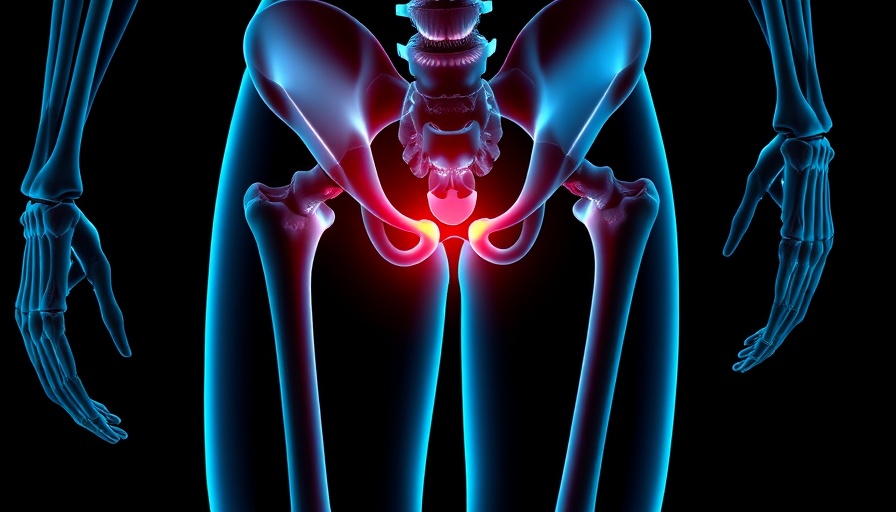
Revolutionizing Pain Management for Elderly Patients
Recent advancements in medical science are ushering in a new era of pain relief for those suffering from proximal femur fractures, particularly the elderly, who are often at higher risk for such injuries. A recent study highlights the efficacy of the suprainguinal fascia iliaca compartment block (SFIACB), a technique that promises to transform pain management in this demographic.
The Suprainguinal Fascia Iliaca Compartment Block Explained
The SFIACB is an innovative regional anesthesia approach designed to target pain at its source, specifically the hip and femur. By delivering anesthetic agents directly into the fascia iliaca compartment, medical professionals can achieve significant analgesia without the need for more invasive techniques.
This method provides profound pain relief while minimizing opioid use, which can lead to complications such as addiction or respiratory depression. The results from the study indicate that patients undergoing this procedure experienced reduced pain scores and improved mobility post-surgery.
The Aging Population and Proximal Femur Fractures
According to the CDC, the incidence of proximal femur fractures is on the rise due to the aging population and increased rates of osteoporosis. With older adults representing a significant proportion of these cases, effective pain management strategies are essential.
The traditional approach often involves opioid pain medication, which carries risks that are especially concerning for older patients. The SFIACB not only alleviates pain more effectively but also enhances recovery times, allowing seniors to regain their independence more swiftly.
Comparative Efficiency: SFIACB vs. Traditional Methods
Comparative studies reveal that the SFIACB yields superior outcomes when juxtaposed against traditional analgesic methods. Patients receiving this block reported shorter hospital stays, which translates into both financial and emotional benefits for families.
Moreover, with an aging population, healthcare systems are under increasing pressure to provide solutions that are both effective and economically viable. Techniques such as SFIACB may help mitigate these challenges by providing a safer alternative to opioid prescriptions.
Broader Implications for Healthcare
The impact of implementing SFIACB could ripple across healthcare practices, prompting a shift towards more innovative pain management solutions. This method highlights the potential for regional anesthesia to play a larger role in various surgical and non-surgical settings.
As more studies validate the effectiveness of SFIACB, it could open the door to further advancements in regional anesthesia, perhaps extending beyond hip surgery, to other areas such as orthopedic and trauma care.
Looking Forward: Future of Pain Management
Emerging technologies in healthcare are paving the way to more patient-centric care. As we continue to explore innovative pain relief techniques, it’s crucial for practitioners to stay informed about new methodologies like SFIACB.
If these methods can prove even more effective, we may witness a cultural shift in how pain management is approached—favoring less invasive strategies that prioritize patient safety and comfort.
Conclusion: Embracing New Technologies
For patients and healthcare providers alike, understanding cutting-edge techniques like the suprainguinal fascia iliaca compartment block is essential to navigating the evolving landscape of pain management. By adopting new strategies, we can greatly enhance the quality of care for communities affected by mobility issues and postoperative pain.
Staying informed about these advancements not only benefits patients but also enhances the effectiveness of healthcare systems. It's a vital step towards achieving comprehensive, compassionate, and effective medical care.
 Add Row
Add Row  Add
Add 




Write A Comment